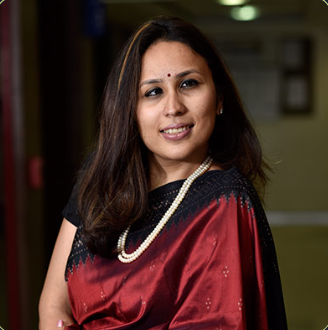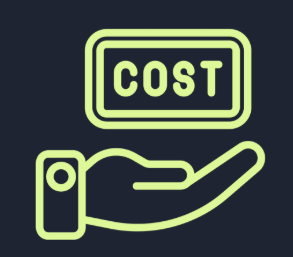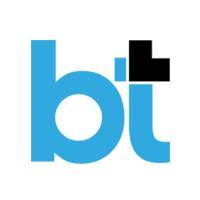How to Plan for Your Child’s Education in India
Like all parents, you want to provide your child with the best education possible. But rising tuition costs growing at 9–11% annually mean that what costs ₹5 lakhs today may cost ₹20 lakhs in 15 years. The only way to stay prepared is to plan early, invest smartly, and stay disciplined. With the right child education plan, you can ensure your child’s future without straining your finances or sacrificing your retirement.
AUM
Clients
Google Reviews
350+ Media Mentions
Why Is Child Education Planning Important?
Education Costs Outpace Inflation
Tuition fees rise at 9–11% annually higher than general inflation.
Education Impacts Earning Potential
Quality education can increase lifetime earnings by 25–50%.
Planning Reduces Loan Burden
Saving early helps you avoid high-interest student loans later.

Radhika Gupta
MD & CEO

FinEdge's commitment to delivering elite service and their focus on putting clients first, distinguishes them in the industry. By consistently prioritizing their clients and providing investment platforms that cater to individual financial goals, FinEdge empowers people to achieve their aspirations.
Key Things to Keep in Mind While Planning

Start early to maximize the benefits of compounding

Factor inflation and future education costs into your plan.

Prioritize retirement savings before child education.

Avoid costly mistakes like buying low-return insurance “child plans.”

Use SIPs in mutual funds for flexibility, growth, and goal-based planning.
Mistakes Parents Make in Child Education Planning
Parents often make decisions based on emotion rather than strategy. Avoid these common pitfalls:
Relying on Loans
Student loans can leave your child burdened with 1.5x repayment.
Ignoring Retirement
You can’t borrow for retirement, but your child can borrow for college.
Falling Into Insurance Traps
Traditional child plans rarely beat inflation and reduce flexibility.
Best Ways to Build an Education Corpus for Your Child
-
Use SIPs Aggressively Early On: Long horizons allow equity SIPs to deliver strong growth.
-
De-Risk Closer to Goal: Shift gradually into safer assets 2–3 years before the education milestone.
-
Don’t Mix Goals: Redeem only investments earmarked for child education, never from retirement savings.
-
Plan for Multiple Scenarios: Domestic vs. foreign degrees, different streams, and inflation.
-
Get Expert Support: Behavioral coaching ensures you stay disciplined through market ups and downs.
Platforms like FinEdge’s DiA help parents map out education costs, create systematic saving plans, and stay resilient ensuring that money is never a barrier to your child’s future.
Why Choose FinEdge
FinEdge’s goal-based investing platform, Dreams into Action (DiA) blends cutting-edge tech and human expertise to provide unbiased investment guidance.
- No Sales Targets
- No Product Pushing
- No Cross Selling/Upselling




